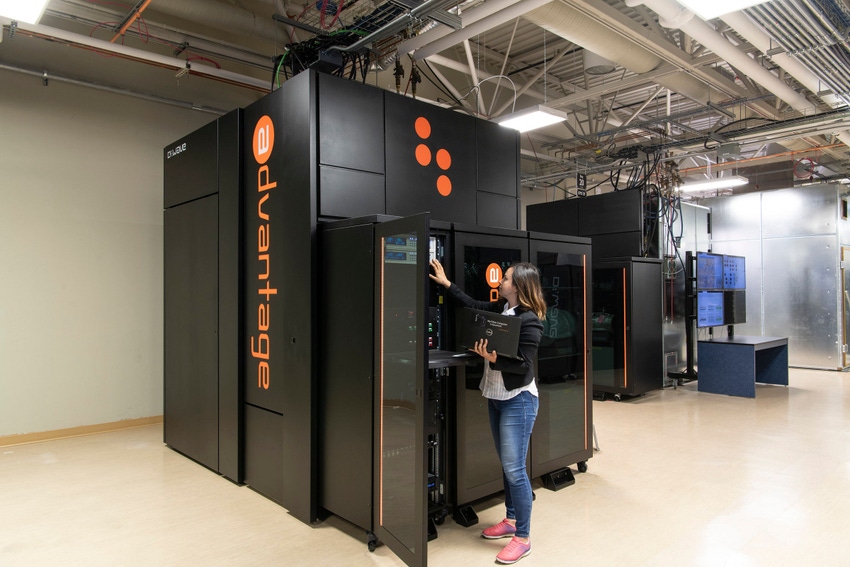
Connects decision-makers and solutions creators to what's next in quantum computing
Bank works with financial quantum specialist on proof of concept

Bank of Canada has completed a proof-of-concept project to determine possible outcomes of adopting cryptocurrency as a legitimate means of payment.
The bank worked with quantum solutions specialist Multiverse Computing to simulate how it might play out.
The simulation, difficult using traditional computational techniques, was able to tackle financial networks as large as 10 players, with a 28-figure number of possible network configurations. This represents quantum advantage; a problem a quantum computer could solve that a classical computer could not in a feasible timeframe.
Larger networks exceed the capabilities of classical computing approaches. For example, a 15-player network requires as many resources as there are atoms in the universe.
The companies ran the simulation to investigate the effects of adopting cryptocurrency as a method of payment by non-financial firms in payments networks on D-Wave’s annealing quantum computer. Quantum annealing is a method particularly well suited to solving optimization problems.
This theoretical study by Bank of Canada found that for some industries, cryptocurrencies would share the payments market with traditional bank transfers and cash-like instruments.
The market share for each would depend on how the financial institutions respond to the cryptocurrency adoptions, and on the economic costs associated with such trades. The quantum simulations helped generate examples that illustrate how similar firms may end up adopting different levels of cryptocurrency use.
“We wanted to test the power of quantum computing on a research case that is hard to solve using classical computing techniques,” said Bank of Canada director of data science Maryam Haghighi.
“This collaboration helped us learn more about how quantum computing can provide new insights into economic problems by carrying out complex simulations on quantum hardware.”
“The results of the simulation are very intriguing and insightful as stakeholders consider further research in the domain,” said Sam Mugel, Multiverse Computing chief technical officer.
“Thanks to the algorithm we developed together with our partners at the Bank of Canada, we have been able to model a complex system reliably and accurately given the current state of quantum computing capabilities.”
About the Author(s)
You May Also Like
.png?width=100&auto=webp&quality=80&disable=upscale)
.png?width=400&auto=webp&quality=80&disable=upscale)




